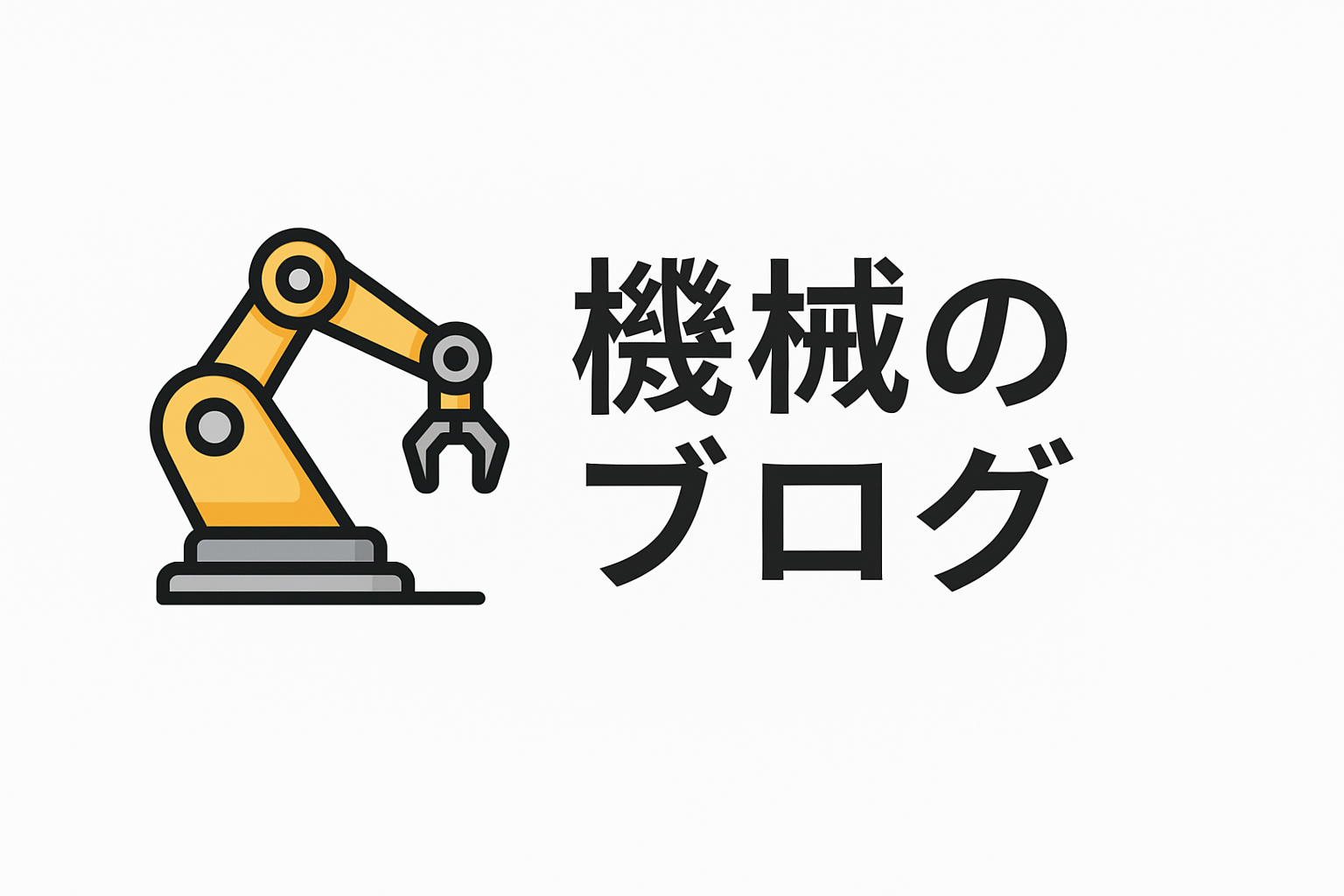Future Prospects of Digital Twin Innovation
The advent of digital twin technology has heralded a new era in the manufacturing sector. By creating virtual replicas of physical assets, processes, and systems, digital twins provide unprecedented insights into operations, enabling manufacturers to optimize performance, predict outcomes, and reduce downtime. As we look to the future, the potential for digital twin innovation seems boundless. In this article, we delve into the prospects of digital twin technology, examining its current state, potential advancements, and the transformative impact it can have on manufacturing.
1. Understanding Digital Twins: The Current Landscape
Digital twins are not a new concept; however, their application in manufacturing has gained significant traction in recent years. A digital twin is a virtual model designed to accurately reflect a physical object. In the manufacturing sector, this can include everything from machinery and equipment to entire production lines and factories. Digital twins are created using real-time data through sensors and IoT devices, allowing for continuous monitoring and analysis.
Currently, manufacturers use digital twins primarily for predictive maintenance, performance optimization, and product development. By simulating real-world conditions, digital twins help identify potential issues before they occur, thus reducing downtime and improving efficiency. However, as technology advances, the capabilities of digital twins are expected to expand significantly.
2. Advancements in IoT and AI: The Fuel for Digital Twin Growth
The future prospects of digital twin innovation are tightly linked to advancements in the Internet of Things (IoT) and artificial intelligence (AI). IoT devices provide the necessary data inputs required to create accurate and dynamic digital twins. As IoT technology becomes more advanced and widespread, the scope of data collection will increase, offering richer data sets for digital twin simulations.
AI, on the other hand, plays a crucial role in processing and analyzing the vast amounts of data generated. Machine learning algorithms can identify patterns and predict outcomes, enhancing the decision-making capabilities of digital twins. Future advancements in AI are expected to enhance the predictive accuracy of digital twins, enabling them to simulate complex scenarios and optimize processes more effectively.
3. Expanding Applications in Manufacturing
As digital twin technology continues to evolve, its applications in manufacturing are expected to broaden. Beyond predictive maintenance and performance optimization, digital twins have the potential to revolutionize supply chain management, product lifecycle management, and quality control.
For instance, digital twins can facilitate supply chain optimization by providing real-time insights into inventory levels, production schedules, and logistics. This can help manufacturers respond more swiftly to changes in demand and minimize disruptions. Additionally, digital twins can be used to simulate entire product lifecycles, from design and testing to manufacturing and recycling, ensuring products meet quality standards and sustainability goals.
4. Challenges and Considerations
Despite the promising prospects, the implementation of digital twins in manufacturing is not without challenges. One of the primary concerns is data security. As digital twins rely heavily on data from IoT devices, ensuring the integrity and security of this data is paramount. Manufacturers must invest in robust cybersecurity measures to protect sensitive information from breaches.
Another challenge is the integration of digital twins into existing systems. Many manufacturing facilities still operate with legacy systems that may not be compatible with digital twin technology. Overcoming these integration hurdles requires significant investment in infrastructure and training, which can be a barrier for some manufacturers.
5. The Road Ahead: A Collaborative Effort
The future of digital twin innovation in manufacturing will likely be shaped by collaboration across industries and sectors. Partnerships between technology providers, manufacturers, and academia will be crucial in driving the development of digital twin technology. By sharing knowledge and resources, stakeholders can overcome challenges and accelerate innovation.
Moreover, standardization will play a vital role in the widespread adoption of digital twins. Establishing industry standards and best practices will ensure interoperability and compatibility, making it easier for manufacturers to implement digital twins across their operations.
Conclusion
In conclusion, the future prospects of digital twin innovation in manufacturing are bright and expansive. As IoT and AI technologies continue to advance, digital twins will become more sophisticated, offering deeper insights and more powerful optimization capabilities. Despite the challenges, the benefits of digital twins are undeniable, promising enhanced efficiency, reduced costs, and improved product quality.
As we move forward, collaboration and standardization will be key to unlocking the full potential of digital twins. By embracing these innovations, manufacturers can position themselves at the forefront of the industry, ready to capitalize on the opportunities that digital twin technology presents.

